In writing The City and the Mountains at the end of his relatively brief life, Eça de Queiroz, without ever having complete awareness of it or an acquired premonition, appropriated for himself the inscription represented in a melancholic painting by Nicolas Poussin, which speaks of death and the dead, present even in an ideal and Edenic country. In the memorable work by the French painter, we find the inscription ‘Et in Arcadia ego’ (I too [was] in Arcadia), which was taken from Virgil’s Eclogues, influenced the Renaissance and the ideas adopted by the court of Lorenzo de Medici, and inspired a well-known painting by Guercino.
This philosophical, gnostic, poetic and artistic tradition carries on, sometimes visible, sometimes hidden, passing on its baton to Rousseau and the German Romantics. With this fatefully final and admirably surprising work, it is as if Eça were one of those astonished and curious shepherds from Poussin’s painting, who observe and try to decipher the message ‘Et in Arcadia ego’, at the same time joyful and funereal, epicurean and stoic, sibylline and wise.
Connecting the memory of a timeless past to the acute consciousness of a time of change that was his own, Eça de Queiroz gave to The City and the Mountains a future actuality, making it the right, inspiring and indispensable work to introduce and present the dossier on ‘City, Countryside’ of issue no. 18 of Electra. In this novel written in Portuguese at the end of the 19th century, in its words and images, pass the topics and motifs, the appraisals and musings with which its author knew how to observe, sense and interrogate the world as the place of Nature and Culture, Civilisation and Barbarism, where life is made and unmade, affirmed or negated.
If there are permanent topics in human culture, this is one of the most tenacious. Since the various Antiquities, in the West or the East, in the North or the South, the topic of the opposition between the countryside and the city has arisen in several symbolic forms, philosophical creations and artistic expressions. In Europe, one of the most lasting manifestations of this confrontation is revealed in Jean de la Fontaine’s fable about the town mouse and the country mouse (1668), whose first version belongs to Aesop (7th century BC). A few centuries after the Greek fabler imagined it, the Roman poet Horatius turned this story into a poem. With narrative and stylistic differences, depending on the author of each version, the founding and fundamental motif remains the same: the dialectical confrontation of the advantages and disadvantages of the city as opposed to the countryside, and the benefits and hazards of the countryside as opposed to the city.
It was about this relationship between human communities determined by nature, climate, geography, geology, ecology, history, culture, anthropology, economy, demography, sociology, law, politics, and religion that the renowned Welsh essayist and critic Raymond Williams wrote a book that became a classic: The Country and the City.
Considering the ‘English case’, having a detailed and thorough knowledge, and showing what is heuristically indicative, hermeneutically significant, semiologically symptomatic, scientifically representative and epistemologically universal, Williams studies the economic, social and cultural phenomena that have taken place in Great Britain throughout the centuries. Among them, the precocious and groundbreaking Industrial Revolution was of crucial importance (for example: the change from traditional farming to developed agrarian capitalism). The expansionistic phase of the British Empire, with its colonies, also had fundamental consequences.
In connection with these historical phenomena, the author analyses the changes that occurred in the countryside and the city, examining, with methodical intelligence, the transformations, whether fast or slow, superficial or profound, slight or radical, ephemeral or permanent, predictable or unpredictable, which emerged in the relationship between these two worlds – the rural and the urban. The transformations configured Nature and culture, life and society, classes and genders, work and leisure, bodies and ecosystems, sensibility and thought, information and the view of the world and human beings. These two worlds and the relationship between them defined, determined and differentiated the opportunities and choices, settlements and exoduses, rootedness and mobility, inclusions and exclusions, assimilations and transgressions.
By conducting this study of sound scope and ambitious reach, Raymond Williams examines the responses of literary creations, philosophical conceptions and critical and social thought to the changes and ruptures, mediations and metamorphoses, reforms and revolutions that occurred in space and time. This essay by the Welsh author also provides us with important contributions to the history of the very concept of ‘development’.
Inquiring, with intentional focus, into what has happened in history and culture since the 16th and 17th centuries (the golden age of the pastoral genre in European literatures, an attitude that looks for solace in the natural, idealised world, as respite, counterpoint and protection against the conflicts and aggressions of the urban or court society and which finds inspiration in Hesiod, Virgil and Ovid), this cultural critic and sociologist focuses on the great works of English Romanticism, such as those by William Blake and Wordsworth. Considering the new urban literature of the 19th and 20th centuries, he carries on to analyse the passage to social modernity, with Dickens in the Victorian era, and Joyce’s literary revolution, even reaching the interpretation of science fiction.
From the 19th century until now, we have quoted Camilo Castelo Branco, Júlio Dinis, Eça de Queiroz, Charles Dickens, Stendhal, Balzac, Victor Hugo, Flaubert, Zola, Proust, Joyce. But we could add, among others, the American and Russian writers. This is how Tolstoy begins his novel Ressurrection, writing with a totalising cosmic pantheism and an acute and unprecedented ecological consciousness:
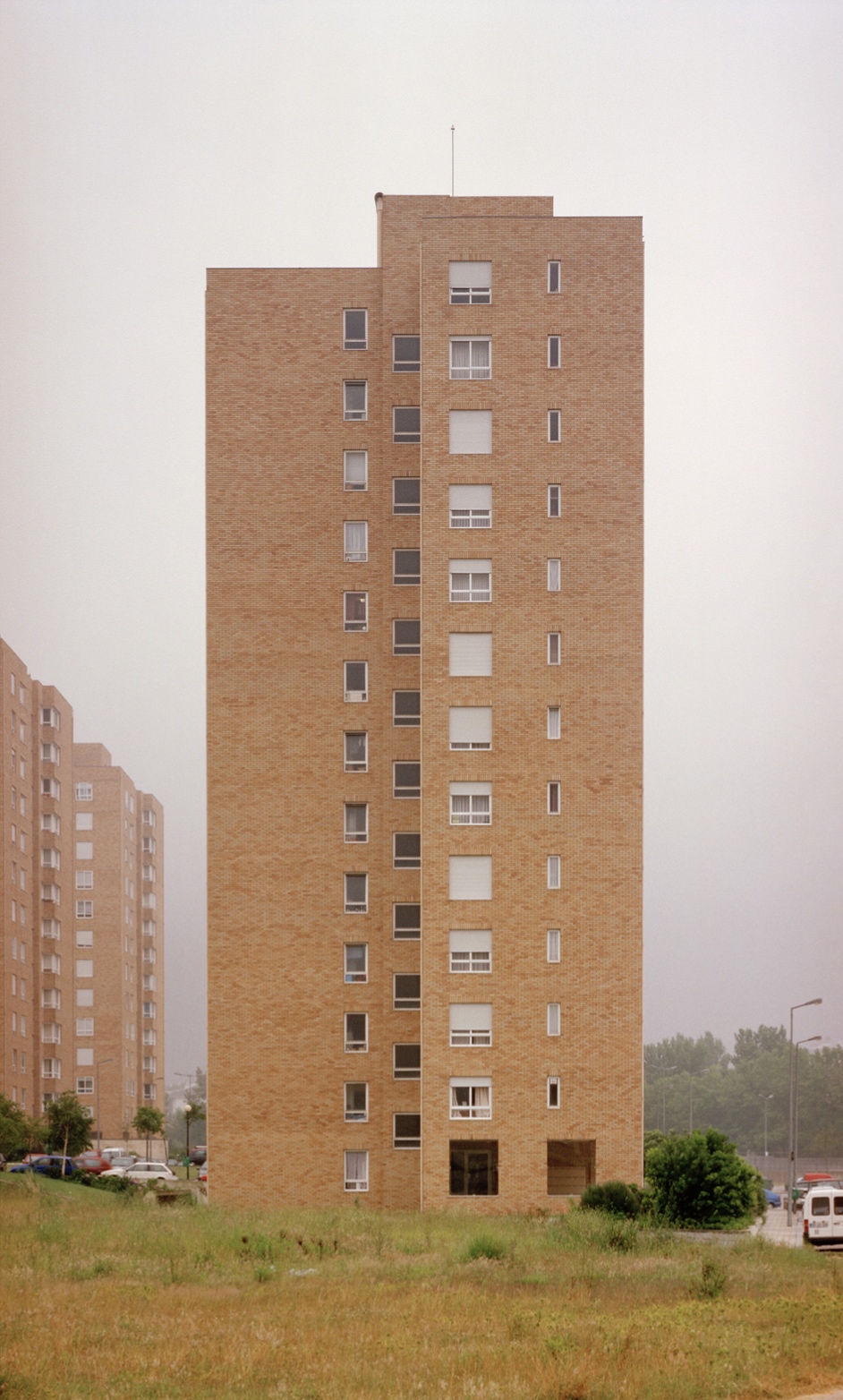

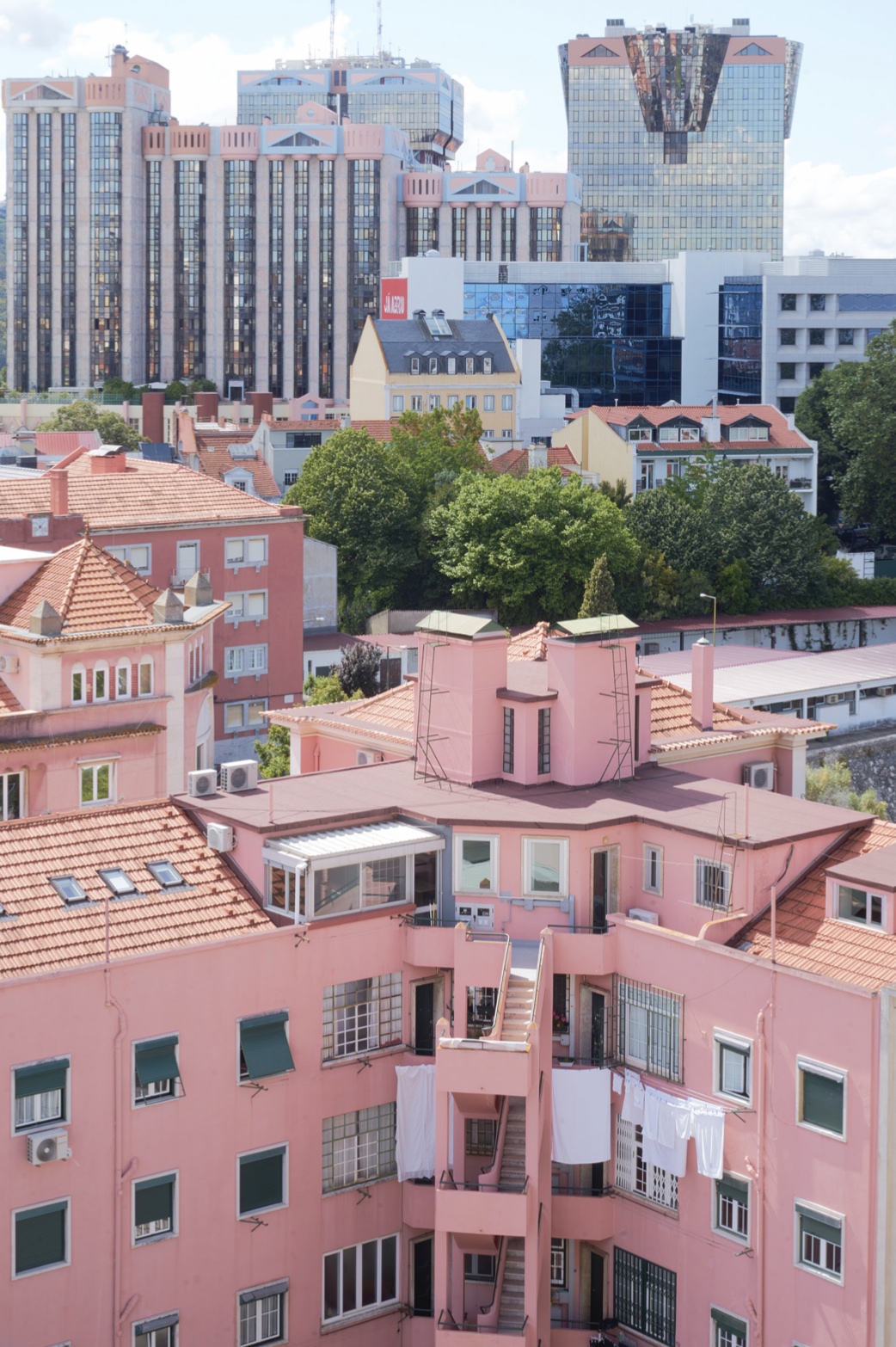
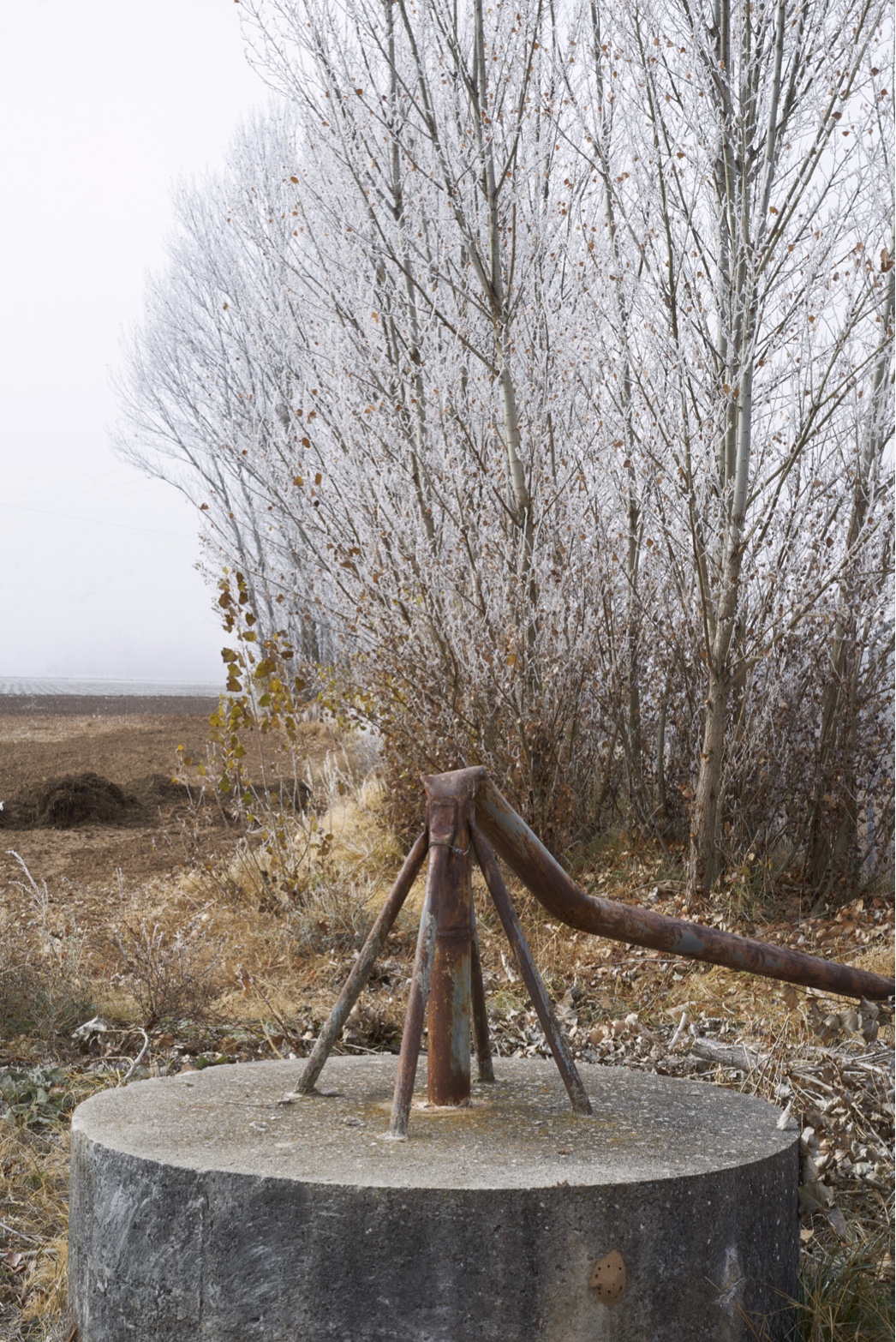
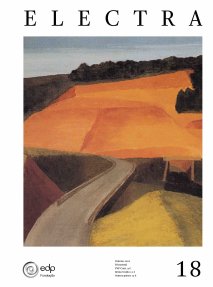
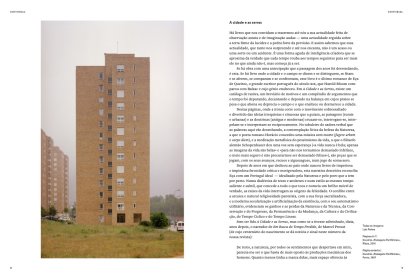


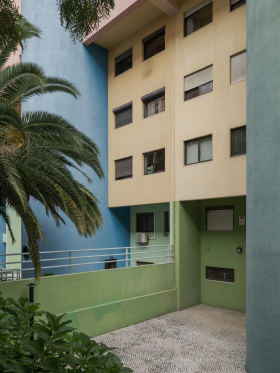
Share article